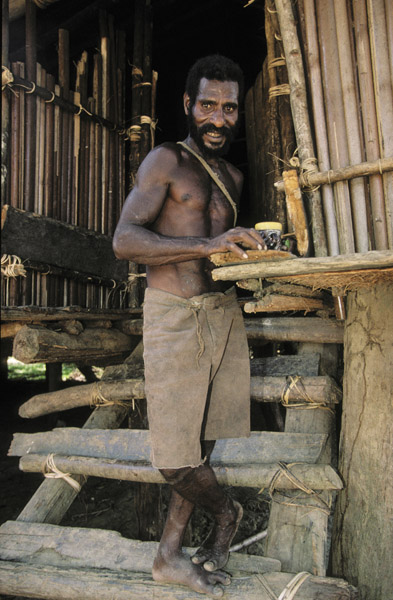 As the camera is moved back from a subject the images become less intimate. Lenses of focal length 50 - 135mm are normal for part-length shots although others can be used. Depth of field increases with focused distance and is usually sufficient with large apertures. It can be manipulated to control environmental sharpness. Backgrounds should be chosen carefully because significant areas may be visible and unwanted detail may creep in. Include some of the environment if it is interesting - otherwise drop it out of focus.
As the camera is moved back from a subject the images become less intimate. Lenses of focal length 50 - 135mm are normal for part-length shots although others can be used. Depth of field increases with focused distance and is usually sufficient with large apertures. It can be manipulated to control environmental sharpness. Backgrounds should be chosen carefully because significant areas may be visible and unwanted detail may creep in. Include some of the environment if it is interesting - otherwise drop it out of focus.The biggest challenge with half-length and full-length shots is dealing with limbs. Hands can be very expressive but may need to be kept occupied to avoid them becoming untidy. Arms and legs may also look awkward if they extend out of the frame. In full-length shots legs must be arranged in a comfortable manner. Try asymmetrical and bold positions, as the straight up and down look is usually dull. Tightly cropped full-length figures tend to look uncomfortable in the frame.
For a natural feel, the camera is ideally positioned a little more than half way up the part of the body in the frame. If it is much higher or lower the subject appears demure or dominant. When using flash, keep the flash head well away from the lens. The red-eye phenomenon becomes more apparent at a distance of several metres, so use red-eye reduction if possible.






